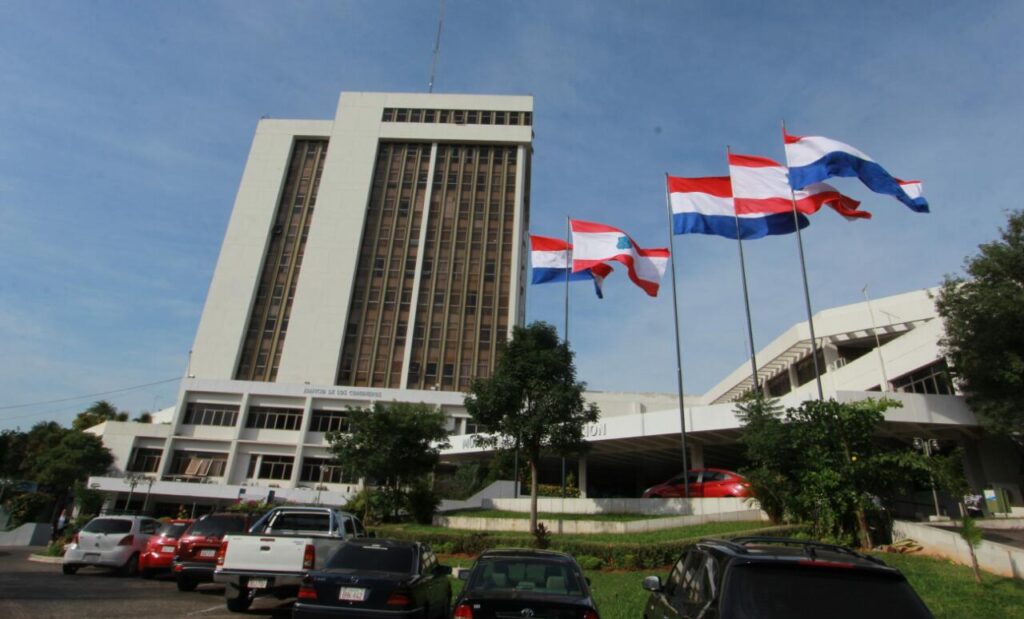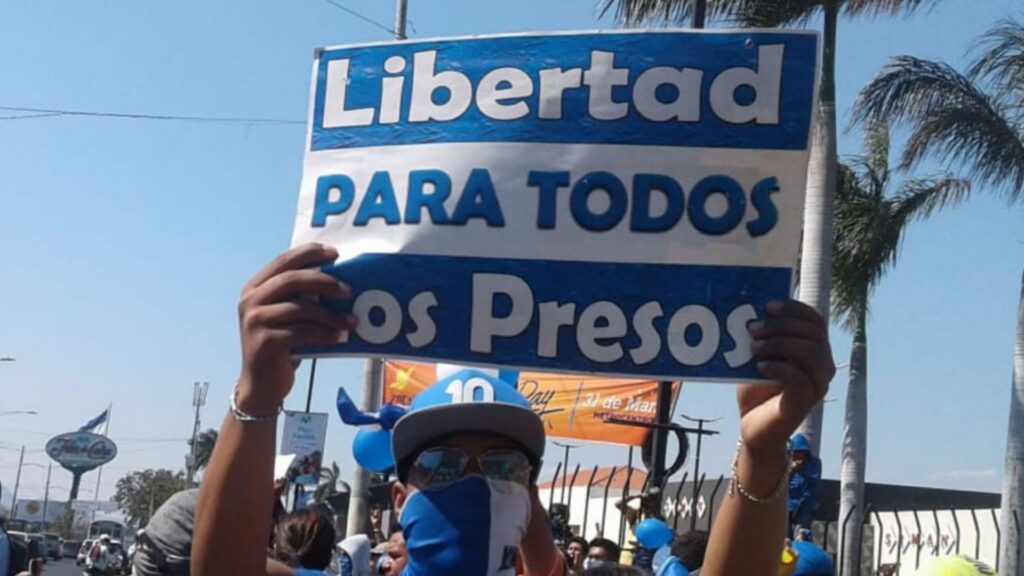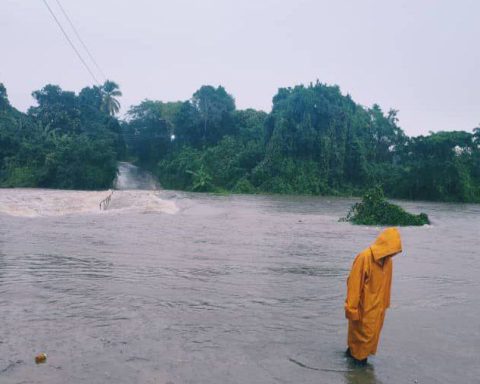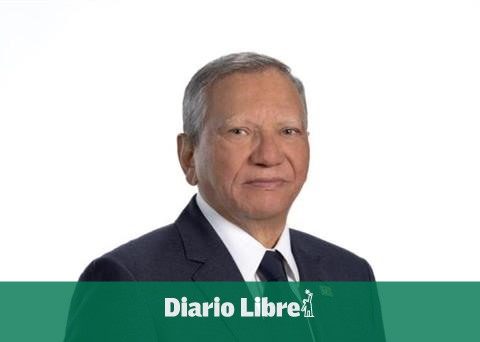In eastern Ukraine, the Russian forces, outnumbered and better armed, have switched from the steamroller strategy to that of patient advance, which the kyiv forces can hardly resist under the current conditions.
“It’s not like in 2014, there is no defined front along an axis,” explains Iryna Rybakova, the press officer of the 93rd brigade of the Ukrainian forces, alluding to the war with the pro-Russian separatists in the region of the Donbas (east) eight years ago.
The Russian military created multiple ‘micro-fronts’, dispensing and exhausting the Ukrainian forces.
“There is a town of theirs, a town of ours. You have to see it as a chessboard,” says the military woman, who acknowledges, more than two months after the start of the conflict, that Ukraine “does not currently have the ability to push back to the enemy.”
A quick victory for Russia seems out of the question, according to analysts, who credit Russian President Vladimir Putin with wanting to appear triumphant at national ceremonies on May 9, when Russia commemorates victory over the Nazis.
Russian troops have taken the port of Mariupol (southeast), allowing them to open a land corridor to Kherson, further west, the only regional capital conquered since the start of the offensive on February 24.
But the Donbas – the mining basin that encompasses the Donetsk and Lugansk regions that Russia says it wants to “liberate” from the yoke of Russophobic “Nazis” in power in Kiev – is far from having fallen.
“Although there is a certain advance of the Russian troops on the ground, it is not very fast,” Russian military analyst Alexandre Khramchikhin told AFP.
– ‘Tough advance’ –
“In the Lugansk region (north of Donbas, ndlr), the objectives announced by Moscow are close to being achieved,” continues the analyst. “But in Donetsk, progress is more difficult,” he adds.
The front line, established since the 2015 peace accords, has not changed in these two months of offensive.
But for some analysts, the Russian advance seems irreversible.
“It’s already too late for us,” says a Ukrainian soldier at an armor repair center.
The offensive is concentrated in the north of the region: Moscow is progressively closing a vise, descending towards Kramatorsk – the de facto “capital” of Donbas controlled by kyiv – from Izium, a city in northern Ukraine conquered in early April.
The Russian troops this time have in their favor – contrary to the offensive against kyiv at the beginning of the war – the advantage of direct logistical continuity with their rear.
Proof of the prevailing pessimism, is that everything is ready to slow down the advance of the Russian troops: an abandoned train at the level crossings, mining of road infrastructure, anti-tank obstacles on the roads.
– Disproportion –
As far as weapons are concerned, in the middle of the great plains of the region and the industrial cities, the confrontation is made through artillery, the “Goddess of war”, in an expression consecrated by Stalin.
But the relationship of forces remains extremely disproportionate, up to “five times higher in terms of material,” according to Irina Terehovich, a 40-year-old sergeant with the Ukrainian 123rd Brigade.
The “closure” of the sky by NATO, long awaited by kyiv, has not occurred. And Ukraine only has a few Su-24 and Su-25 planes left to attack Russian positions.
On the ground, the Ukrainian soldiers in the Donbas would be between 40,000 and 50,000, according to analysts. Moscow does not communicate about its forces in presence.
Even if they hold out, many Ukrainian infantrymen feel overwhelmed by events.
“Viking”, a 27-year-old sergeant, is demoralized, and his men, exhausted, await an order to withdraw.
“If it was an infantry vs. infantry war, we’d have our chances. But here it’s mostly an artillery war, and we don’t have enough material,” says the soldier.







